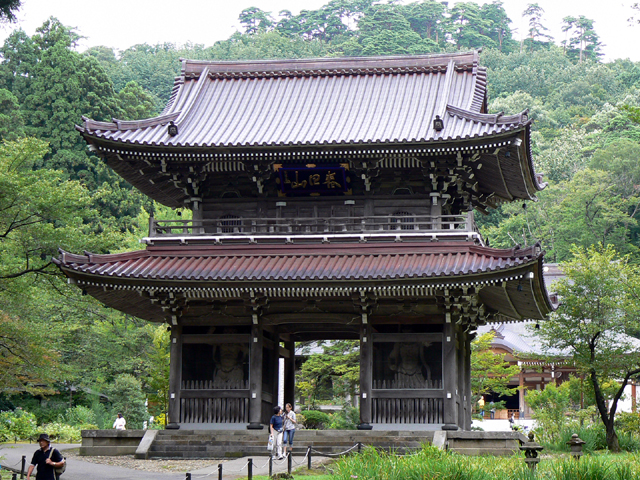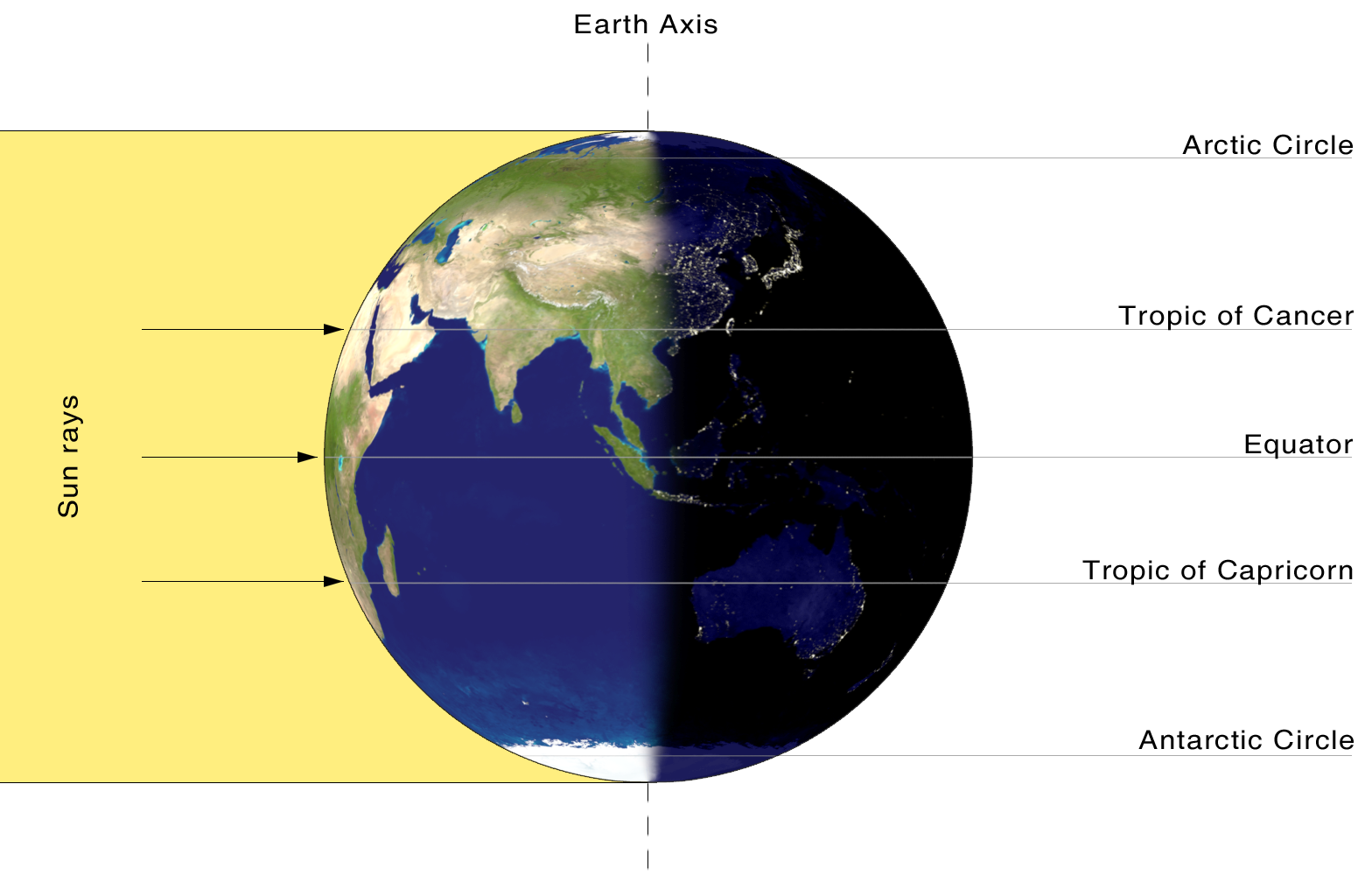|
Muramatsu, Niigata
was a town located in Nakakanbara District, Niigata Prefecture, Japan. On January 1, 2006, Muramatsu was merged into the expanded city of Gosen. Current mail addresses read "Gosen City, Muramatsu" (五泉市村松)to mark the merger. The town existed for several centuries as a feudal domain and independent town. It was famous for its mountain (Mt. Hakusan, approximately 1000 meters tall), the Jikoji Zen Temple, the Sakurando Onsen Hot Spring, and its city park boasting several thousand cherry trees that bloom each year in April. As of 2003, the town had an estimated population of 20,066 and a density of 79.29 persons per km2. The total area was 253.07 km2. History The three-volume ''History of Muramatsu Town'' (村松町史)published in 1983 gives many details about its long history. One of only a few castle-towns in Niigata Prefecture, the Muramatsu Clan was ruled by the Hori Family throughout the Edo period The or is the period between 1603 and 1867 in the hi ... [...More Info...] [...Related Items...] OR: [Wikipedia] [Google] [Baidu] |
Niigata Prefecture
is a prefecture in the Chūbu region of Honshu of Japan. Niigata Prefecture has a population of 2,227,496 (1 July 2019) and is the fifth-largest prefecture of Japan by geographic area at . Niigata Prefecture borders Toyama Prefecture and Nagano Prefecture to the southwest, Gunma Prefecture to the south, Fukushima Prefecture to the east, and Yamagata Prefecture to the northeast. Niigata is the capital and largest city of Niigata Prefecture, with other major cities including Nagaoka, Jōetsu, and Sanjō. Niigata Prefecture contains the Niigata Major Metropolitan Area centered on Niigata with a population of 1,395,612, the largest metropolitan area on the Sea of Japan coast and the twelfth-largest in Japan. Niigata Prefecture is part of the historic Hokuriku region and features Sado Island, the sixth largest island of Japan in area following the four main islands and Okinawa Island. History Until after the Meiji Restoration, the area that is now Niigata Prefectu ... [...More Info...] [...Related Items...] OR: [Wikipedia] [Google] [Baidu] |
Population Density
Population density (in agriculture: Stock (other), standing stock or plant density) is a measurement of population per unit land area. It is mostly applied to humans, but sometimes to other living organisms too. It is a key geographical term.Matt RosenberPopulation Density Geography.about.com. March 2, 2011. Retrieved on December 10, 2011. In simple terms, population density refers to the number of people living in an area per square kilometre, or other unit of land area. Biological population densities Population density is population divided by total land area, sometimes including seas and oceans, as appropriate. Low densities may cause an extinction vortex and further reduce fertility. This is called the Allee effect after the scientist who identified it. Examples of the causes of reduced fertility in low population densities are * Increased problems with locating sexual mates * Increased inbreeding Human densities Population density is the number of people pe ... [...More Info...] [...Related Items...] OR: [Wikipedia] [Google] [Baidu] |
Japan National Route 290
National Route 290 is a national highway of Japan connecting Murakami, Niigata is a Cities of Japan, city located in Niigata Prefecture, Japan. , the city had an estimated population of 58,300 in 22,594 households, and a population density of 50 persons per km². The total area of the city was . Geography Murakami is nor ... and Uonuma, Niigata in Japan, with a total length of 165.5 km (102.84 mi). References National highways in Japan Roads in Niigata Prefecture {{Japan-road-stub ... [...More Info...] [...Related Items...] OR: [Wikipedia] [Google] [Baidu] |
Kamo Station (Niigata)
is a railway station in the city of Kamo, Niigata, Japan, operated by East Japan Railway Company (JR East). Lines Kamo Station is served by the Shin'etsu Main Line and is 103.8 kilometers from the terminus of the line at Naoetsu Station. Station layout The station consists of two ground-level opposed side platforms connected by an underground passageway, serving two tracks. The station has a ''Midori no Madoguchi'' staffed ticket office. Platforms History Kamo Station opened on 20 November 1897. The privately owned Kanbara Railway Company operated a line from Kamo to Gosen from 1930 to 1988. With the privatization of Japanese National Railways (JNR) on 1 April 1987, the station came under the control of JR East. Passenger statistics In fiscal 2017, the station was used by an average of 2837 passengers daily (boarding passengers only). Surrounding area *Kamo City Hall *Kamo Post Office * See also * List of railway stations in Japan The links below contain all of the ... [...More Info...] [...Related Items...] OR: [Wikipedia] [Google] [Baidu] |
Autumn Equinox (Northern Hemisphere)
The September equinox (or southward equinox) is the moment when the Sun appears to cross the celestial equator, heading southward. Because of differences between the calendar year and the tropical year, the September equinox may occur anytime from September 21 to 24. At the equinox, the Sun as viewed from the equator rises due east and sets due west. Before the Southward equinox, the Sun rises and sets more northerly, and afterwards, it rises and sets more southerly. The equinox may be taken to mark the end of astronomical summer and the beginning of astronomical autumn (autumnal equinox) in the Northern Hemisphere, while marking the end of astronomical winter and the start of astronomical spring (vernal equinox) in the Southern Hemisphere. Occurrences The September equinox is one point in time commonly used to determine the length of the tropical year. The dates and times of the September equinoxes that occur from the year 2017 to 2027 (UTC) are listed as follows: ... [...More Info...] [...Related Items...] OR: [Wikipedia] [Google] [Baidu] |
Boshin War
The , sometimes known as the Japanese Revolution or Japanese Civil War, was a civil war in Japan fought from 1868 to 1869 between forces of the ruling Tokugawa shogunate and a clique seeking to seize political power in the name of the Imperial Court. The war stemmed from dissatisfaction among many nobles and young samurai with the shogunate's handling of foreigners following the opening of Japan during the prior decade. Increasing Western influence in the economy led to a decline similar to that of other Asian countries at the time. An alliance of western samurai, particularly the domains of Chōshū, Satsuma, and Tosa, and court officials secured control of the Imperial Court and influenced the young Emperor Meiji. Tokugawa Yoshinobu, the sitting '' shōgun'', realizing the futility of his situation, abdicated and handed over political power to the emperor. Yoshinobu had hoped that by doing this the House of Tokugawa could be preserved and participate in the future g ... [...More Info...] [...Related Items...] OR: [Wikipedia] [Google] [Baidu] |
Edo Period
The or is the period between 1603 and 1867 in the history of Japan, when Japan was under the rule of the Tokugawa shogunate and the country's 300 regional ''daimyo''. Emerging from the chaos of the Sengoku period, the Edo period was characterized by economic growth, strict social order, isolationist foreign policies, a stable population, perpetual peace, and popular enjoyment of arts and culture. The period derives its name from Edo (now Tokyo), where on March 24, 1603, the shogunate was officially established by Tokugawa Ieyasu. The period came to an end with the Meiji Restoration and the Boshin War, which restored imperial rule to Japan. Consolidation of the shogunate The Edo period or Tokugawa period is the period between 1603 and 1867 in the history of Japan, when Japan was under the rule of the Tokugawa shogunate and the country's regional ''daimyo''. A revolution took place from the time of the Kamakura shogunate, which existed with the Tennō's court, to th ... [...More Info...] [...Related Items...] OR: [Wikipedia] [Google] [Baidu] |
Population
Population typically refers to the number of people in a single area, whether it be a city or town, region, country, continent, or the world. Governments typically quantify the size of the resident population within their jurisdiction using a census, a process of collecting, analysing, compiling, and publishing data regarding a population. Perspectives of various disciplines Social sciences In sociology and population geography, population refers to a group of human beings with some predefined criterion in common, such as location, race, ethnicity, nationality, or religion. Demography is a social science Social science is one of the branches of science, devoted to the study of societies and the relationships among individuals within those societies. The term was formerly used to refer to the field of sociology, the original "science of soc ... which entails the statistical study of populations. Ecology In ecology, a population is a group of organisms of ... [...More Info...] [...Related Items...] OR: [Wikipedia] [Google] [Baidu] |
List Of Regions Of Japan
Japan is divided into eight regions. They are not official administrative units, though they have been used by government officials for statistical and other purposes since 1905. They are widely used in, for example, maps, geography textbooks, and weather reports, and many businesses and institutions use their home regions in their names, for example Kinki Nippon Railway, Chūgoku Bank, and Tōhoku University. Each region contains one or more of the country's 47 prefectures. Of the four main islands of Japan, Hokkaidō, Shikoku, and Kyūshū make up one region each, the latter also containing the Satsunan Islands, while the largest island Honshū is divided into five regions. Okinawa Prefecture is usually included in Kyūshū, but is sometimes treated as its own ninth region. Japan has eight High Courts, but their jurisdictions do not correspond to the eight regions (see Judicial system of Japan for details). Table Regions and islands This is a list of Japan's ... [...More Info...] [...Related Items...] OR: [Wikipedia] [Google] [Baidu] |
Japan
Japan ( ja, 日本, or , and formally , ''Nihonkoku'') is an island country in East Asia. It is situated in the northwest Pacific Ocean, and is bordered on the west by the Sea of Japan, while extending from the Sea of Okhotsk in the north toward the East China Sea, Philippine Sea, and Taiwan in the south. Japan is a part of the Ring of Fire, and spans an archipelago of 6852 islands covering ; the five main islands are Hokkaido, Honshu (the "mainland"), Shikoku, Kyushu, and Okinawa. Tokyo is the nation's capital and largest city, followed by Yokohama, Osaka, Nagoya, Sapporo, Fukuoka, Kobe, and Kyoto. Japan is the eleventh most populous country in the world, as well as one of the most densely populated and urbanized. About three-fourths of the country's terrain is mountainous, concentrating its population of 123.2 million on narrow coastal plains. Japan is divided into 47 administrative prefectures and eight traditional regions. The Greater Tokyo Ar ... [...More Info...] [...Related Items...] OR: [Wikipedia] [Google] [Baidu] |


